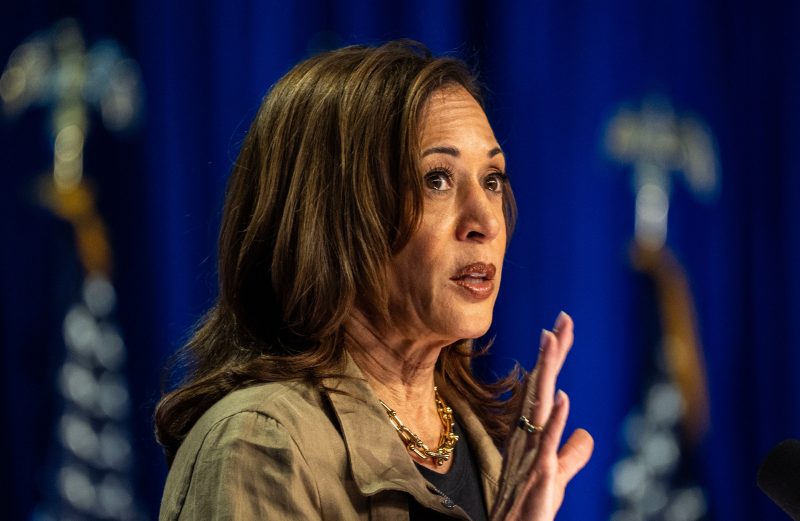In the realm of politics, the economy and border security have always been foundational pillars that shape the direction of a nation. The stark contrast between the economic and border policies proposed by Vice President Kamala Harris and former President Donald Trump underscores a deep ideological divide that has implications for the future of the United States. While both individuals have strong convictions and robust strategies, the vast differences in their approaches raise questions about the impact of their policies on the nation as a whole.
Harris, a seasoned politician who has advocated for progressive economic policies, believes in a more inclusive economy that addresses issues of income inequality and social justice. She supports initiatives such as increasing the minimum wage, expanding access to healthcare, and investing in infrastructure to create jobs and spur economic growth. Harris also emphasizes the importance of tackling climate change and transitioning to a clean energy economy, viewing it as a way to both protect the environment and stimulate innovation and job creation.
On the other hand, Trump’s economic platform revolved around a more conservative, pro-business approach that focused on cutting taxes, reducing regulations, and promoting free market principles. During his presidency, Trump implemented policies such as the Tax Cuts and Jobs Act, which aimed to stimulate economic growth by lowering corporate taxes and boosting consumer spending. He also prioritized renegotiating trade deals and protecting American industries to ensure a level playing field for domestic businesses.
When it comes to border security, Harris and Trump stand on opposite ends of the spectrum. Harris advocates for a more compassionate and humanitarian approach to immigration, supporting measures such as a pathway to citizenship for undocumented immigrants, reforming the immigration system, and addressing the root causes of migration from Central America. She also believes in prioritizing the protection of immigrant rights and upholding the principles of diversity and inclusion.
In contrast, Trump’s stance on border security is characterized by a tough, enforcement-centric strategy that includes building a border wall, limiting legal immigration, and cracking down on illegal immigration. His administration implemented policies such as the zero tolerance policy that resulted in family separations at the border, as well as efforts to restrict asylum and refugee admissions.
The stark differences between Harris and Trump on the economy and border are reflective of broader ideological divisions within American politics. The choice between a more progressive, inclusive economic approach versus a more conservative, pro-business model, as well as a compassionate immigration policy versus a more restrictive enforcement-oriented one, represents a clear contrast for voters to consider.
As the nation continues to grapple with economic challenges, social inequalities, and immigration issues, the policies proposed by Harris and Trump signal divergent paths for the future. Ultimately, the decisions made by voters will shape the direction of the country and determine how these critical issues are addressed in the years to come.

